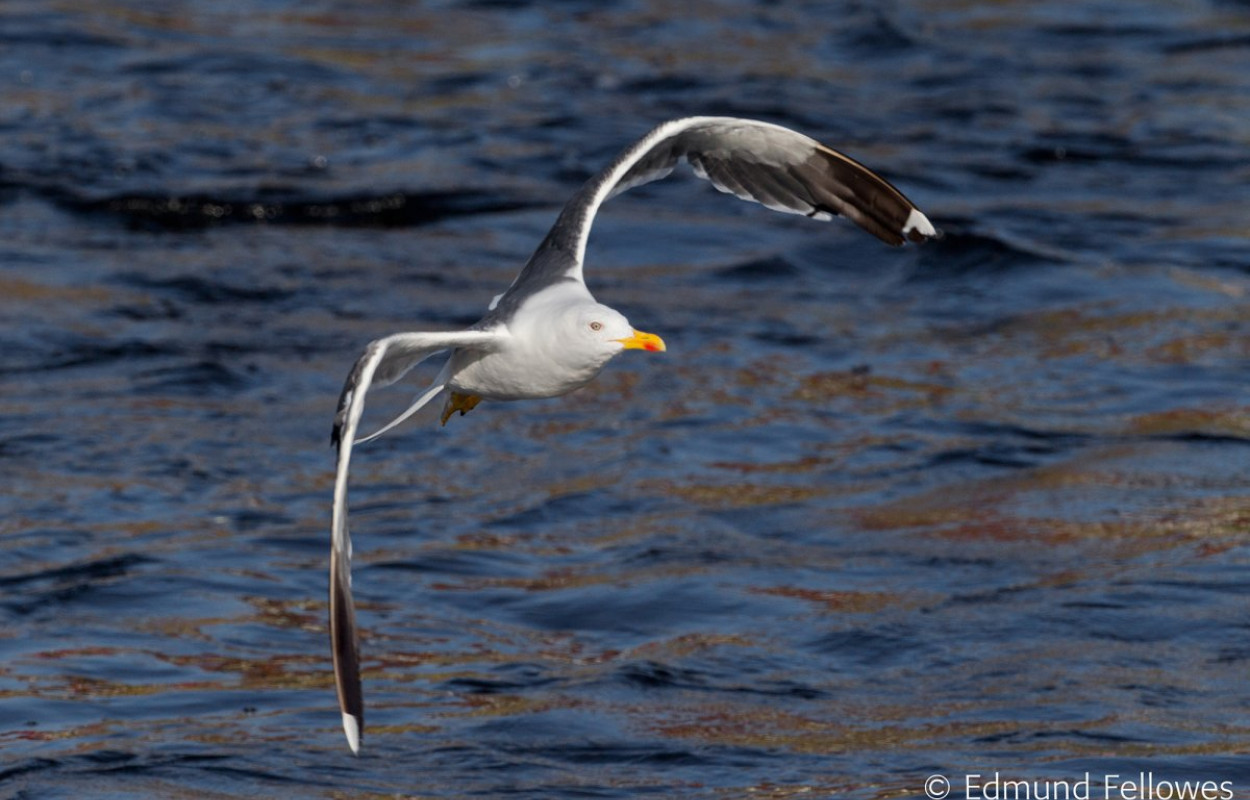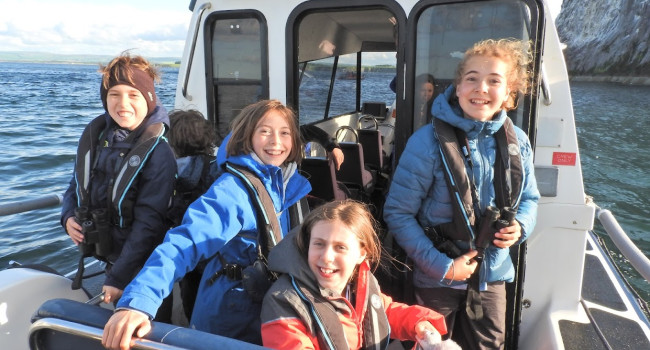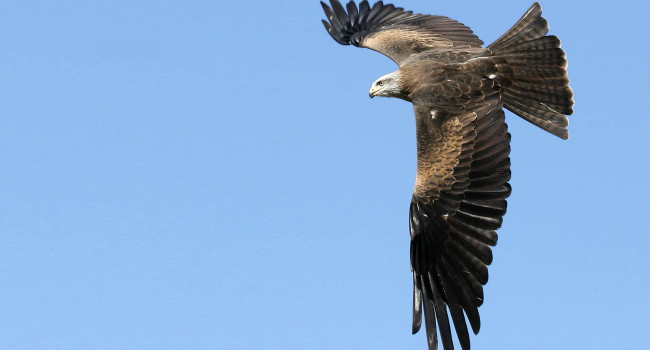Dodging the blades: new insights into three-dimensional space use of offshore wind farms by lesser black-backed gulls Larus fuscus

Author(s): Thaxter, C.B., Ross-Smith, V.H., Bouten, W., Masden, E.A., Clark, N.A., Conway, G.J., Barber, L., Clewley, G.D. & Burton, N.H.K.
Published: January 2018
Journal: Marine Ecology Progress Series Volume: 587
Digital Identifier No. (DOI): 10.3354/meps12415
Offshore wind farms may affect birds in many ways, such as stopping them moving between places, or restricting access to areas where they feed. Collision risk is a key concern for seabirds, yet there has been little study to date of the use of wind farms by birds from known breeding colonies. This study, led by BTO, provides a first look at the movements of Lesser Black-backed Gulls at a colony in north-west England and their interaction with five operational offshore wind farms. The birds were tracked with GPS tags which recorded location, speed and height. Out of the 24 birds tracked, 15 visited wind farms, and in total spent 1.3% of their time there. A detailed look at the movements of two birds that visited wind farms most often, showed that their flight heights were greater within wind farms than outside, particularly during the day, potentially placing them at greater risk of collision. However, within wind farms, their use of the zone swept by the rotor blades was significantly less than expected. Although preliminary, these results suggest that Lesser Black-backed Gulls at this site may not avoid wind farms, but could avoid individual wind turbines once inside the wind farms. Further work is now being conducted to verify these patterns, which will be important in improving our understanding of the likely collision risk for seabirds.
Abstract
Notes
This study was funded by the Department of Energy and Climate Change (DECC, now DBEIS) Offshore Energy Strategic Environmental Assessment Research Programme, and the Marine Renewable Energy and the Environment (MaREE) project.











Share this page